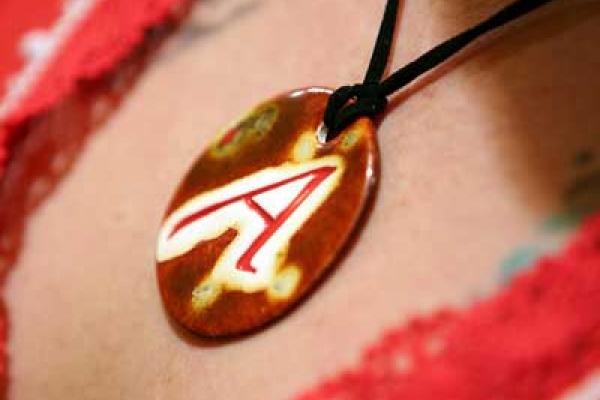Sep 25, 2012
Hester Prynne would be so proud.
The red letter “A” that Nathaniel Hawthorne’s heroine was forced to wear as a badge of shame in the classic novel The Scarlet Letter is now proudly chosen by atheists to wear on jewelry made from ceramic, silver, gold, and wood.
Christians have their crosses and crucifixes, Jews their Stars of David, Hindus their oms, and Buddhists their lotuses. Atheists ask, why shouldn’t they and other nonbelievers have their own symbols as well?
“It is the most recognized symbol in our community right now,” said Amy Roth, a Los Angeles atheist who makes ceramic "A" pendants for her “Surlyramics” jewelry line that she sells at atheist conventions and meetings, as well as online.
Read the Full Article

Already a subscriber? Login
